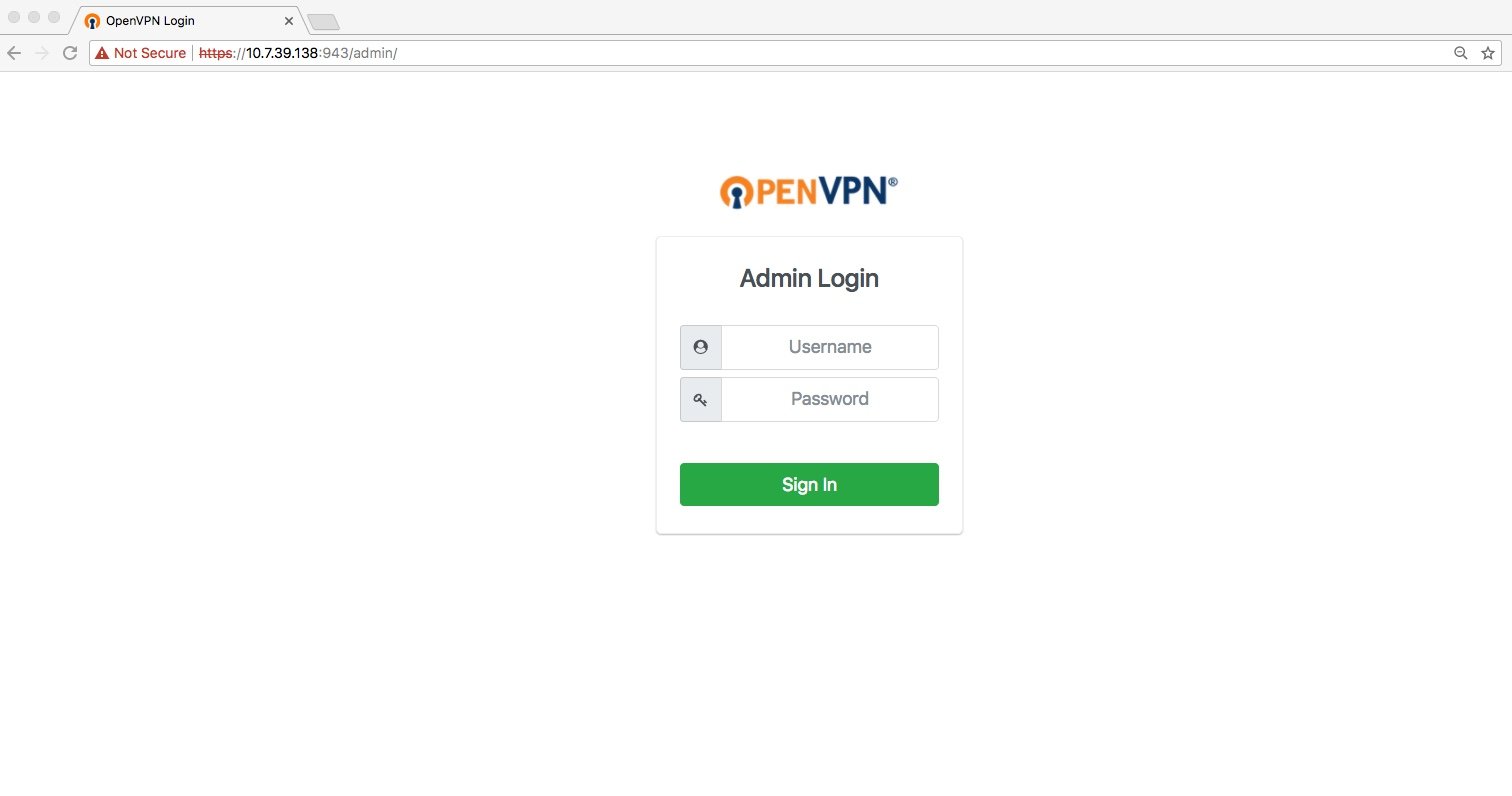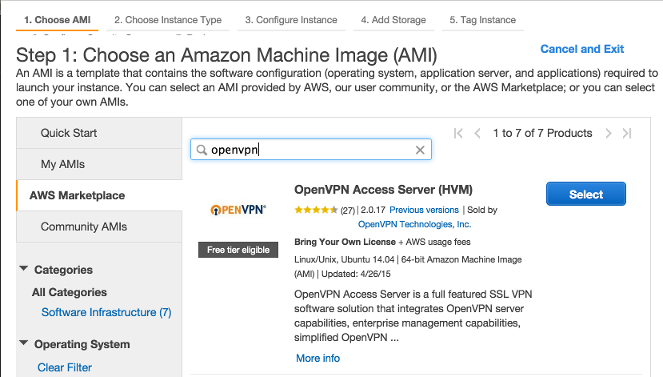


For this reason, please be mindful of how much traffic your server is handling.To complete this tutorial, you will need access to a Debian 10 server to host your OpenVPN service. This tutorial will keep the installation and configuration steps as simple as possible for each of these setups.Note: If you plan to set up an OpenVPN server on a DigitalOcean Droplet, be aware that we, like many hosting providers, charge for bandwidth overages. In this tutorial, you will set up an OpenVPN server on a Debian 10 server and then configure access to it from Windows, macOS, iOS and/or Android. You can circumvent geographical restrictions and censorship, and shield your location and any unencrypted HTTP traffic from the untrusted network.OpenVPN is a full-featured, open-source Secure Socket Layer (SSL) VPN solution that accommodates a wide range of configurations.
Openvpn Access Server Password Authentication On
To resolve this issue, you could re-enable password authentication on each server. For this reason, this guide assumes that your CA is on a separate Debian 10 server that also has a non- root user with sudo privileges and a basic firewall.Please note that if you disable password authentication while configuring these servers, you may run into difficulties when transferring files between them later on in this guide. Per the official OpenVPN documentation, you should place your CA on a standalone machine that’s dedicated to importing and signing certificate requests. While it’s technically possible to use your OpenVPN server or your local machine as your CA, this is not recommended as it opens up your VPN to some security vulnerabilities. The linked tutorial will also set up a firewall, which is assumed to be in place throughout this guide.Additionally, you will need a separate machine to serve as your certificate authority (CA). You can follow our Debian 10 initial server setup guide to set up a user with appropriate permissions.
OpenVPN is available in Debian’s default repositories, so you can use apt for the installation:OpenVPN is a TLS/SSL VPN. Step 1 — Installing OpenVPN and EasyRSATo start off, update your VPN server’s package index and install OpenVPN. See How to Set Up SSH Keys on Debian 10 for instructions on how to perform either of these solutions.When you have these prerequisites in place, you can move on to Step 1 of this tutorial.
Openvpn Access Server Download The Latest
Accordingly, managing the CA from a standalone machine helps to prevent unauthorized users from accessing your VPN. The reason for this approach is that, if an attacker were able to infiltrate your server, they would be able to access your CA private key and use it to sign new certificates, giving them access to your VPN. To do this, we will download the latest version of EasyRSA, which we will use to build our CA public key infrastructure (PKI), from the project’s official GitHub repository.As mentioned in the prerequisites, we will build the CA on a standalone server. To issue trusted certificates, you will set up your own simple certificate authority (CA).
Step 2 — Configuring the EasyRSA Variables and Building the CAEasyRSA comes installed with a configuration file which you can edit to define a number of variables for your CA.On your CA machine, navigate to the EasyRSA directory:Inside this directory is a file named vars.example. Continue on to configure the variables used by EasyRSA and to set up a CA directory, from which you will generate the keys and certificates needed for your server and clients to access the VPN. Tgz, and then paste it into the following command:You have successfully installed all the required software on your server and CA machine. To get the latest version, go to the Releases page on the official EasyRSA GitHub project, copy the download link for the file ending in.
ca.crt is the CA’s public certificate file which, in the context of OpenVPN, the server and the client use to inform one another that they are part of the same web of trust and not someone performing a man-in-the-middle attack. This will build the CA and create two important files — ca.crt and ca.key — which make up the public and private sides of an SSL certificate. It will look something like this:Init-pki complete you may now create a CA or requests.Your newly created PKI dir is: /home/ sammy/EasyRSA-v 3.0.6/pkiAfter this, call the easyrsa script again, following it with the build-ca option.
You can enter any string of characters for the CA’s common name but, for simplicity’s sake, press ENTER to accept the default name.With that, your CA is in place and it’s ready to start signing certificate requests. This is why your ca.key file should only be on your CA machine and that, ideally, your CA machine should be kept offline when not signing certificate requests as an extra security measure.If you don’t want to be prompted for a password every time you interact with your CA, you can run the build-ca command with the nopass option, like this:In the output, you’ll be asked to confirm the common name for your CA:Common Name (eg: your user, host, or server name) :The common name is the name used to refer to this machine in the context of the certificate authority. If an attacker gains access to your CA and, in turn, your ca.key file, they will be able to sign certificate requests and gain access to your VPN, impeding its security. ca.key is the private key which the CA machine uses to sign keys and certificates for servers and clients.

You will also have to modify the /etc/openvpn/server.conf file later to point to the correct. For instance, when copying the generated files to the /etc/openvpn directory, you will have to substitute the correct names. Failing to do so will password-protect the request file which could lead to permissions issues later on:Note: If you choose a name other than “server” here, you will have to adjust some of the instructions below.
scp ~/EasyRSA-v 3.0.6/pki/reqs/server.req your_CA_ip:/tmpNext, on your CA machine, navigate to the EasyRSA directory:Using the easyrsa script again, import the server.req file, following the file path with its common name:•. sudo cp ~/EasyRSA-v 3.0.6/pki/private/server.key /etc/openvpn/Using a secure method (like SCP, in our example below), transfer the server.req file to your CA machine: Copy the server key to the /etc/openvpn/ directory:
Type yes then press ENTER to confirm this: You are about to sign the following certificate. The request type can either be client or server, so for the OpenVPN server’s certificate request, be sure to use the server request type:In the output, you’ll be asked to verify that the request comes from a trusted source.


 0 kommentar(er)
0 kommentar(er)
